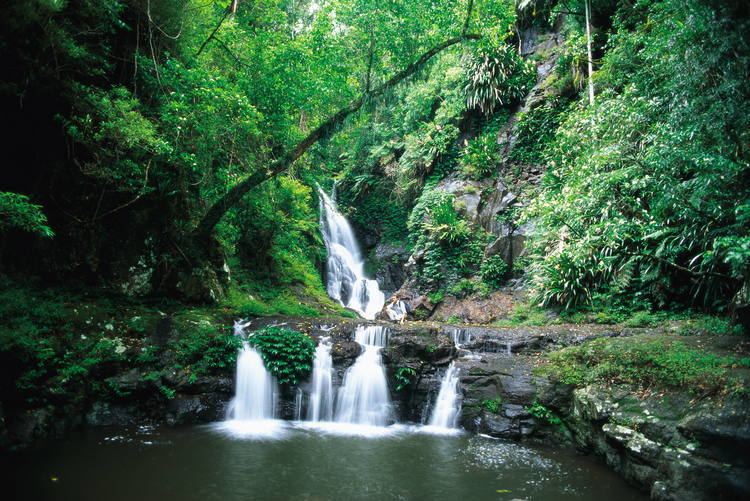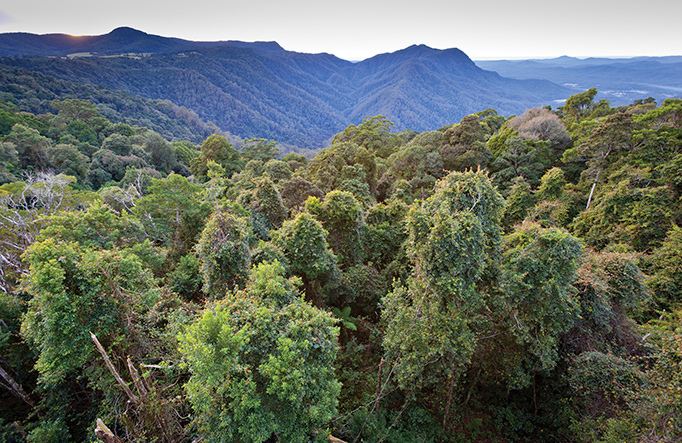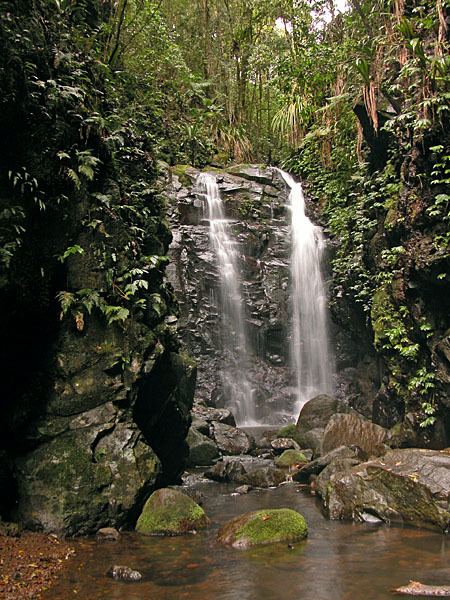Criteria viii, ix, x UNESCO region Asia-Pacific Extension 1994 | Type Natural Reference 368 Extensions 1994 UNESCO World Heritage Site inscription 1986 | |
 | ||
The Gondwana Rainforests of Australia, formerly known as the Central Eastern Rainforest Reserves, are the most extensive area of subtropical rainforest in the world. Collectively, the rainforests are a World Heritage Site with fifty separate reserves totalling 366,500 hectares (906,000 acres) from Newcastle to Brisbane.
Contents
- Highway 1 australia s greatest road trip gondwana rainforests of nsw
- Conservation value
- National Parks
- Australian National Heritage List sections
- References

The Gondwana Rainforests are so-named because the fossil record indicates that when Gondwana existed it was covered by rainforests containing the same kinds of species that are living today. Not all Gondwanan rainforests in Australia are located in the New South Wales – Queensland region; the largest Gondwanan rainforest in Australia is located in Tasmania's Tarkine wilderness. The number of visitors to the Gondwana rainforest reserves in New South Wales and Queensland is about 2 million per year.
The World Heritage status of the region was created and negotiated initially in 1986, with the area extended in 1994, and carries the following inscription:
The Gondwana Rainforests of Australia is a serial property comprising the major remaining areas of rainforest in southeast Queensland and northeast New South Wales. It represents outstanding examples of major stages of the Earth’s evolutionary history, ongoing geological and biological processes, and exceptional biological diversity. A wide range of plant and animal lineages and communities with ancient origins in Gondwana, many of which are restricted largely or entirely to the Gondwana Rainforests, survive in this collection of reserves. The Gondwana Rainforests also provides the principal habitat for many threatened species of plants and animals.
The site was gazetted on the Australian National Heritage List on 21 May 2007 under the Environment and Heritage Legislation Amendment Act (No. 1), 2003 (Cth).

Highway 1 australia s greatest road trip gondwana rainforests of nsw
Conservation value

The forests were inscribed to the World Heritage list in 1986, covering only the New South Wales sites of approximately 310,800 hectares (768,000 acres) and extended in 1994 to cover the Queensland sites of approximately 59,200 hectares (146,000 acres) which is a total of approximately 370,000 hectares (910,000 acres). The rainforest reserves have an extremely high conservation value, with more than 200 rare or threatened plant and animal species.
Eight separate areas have been identified as having outstanding heritage significance to Australia and are included on the Australian National Heritage List. The altitude of the reserves ranges from sea level to almost 1,600 m (5,200 ft).
National Parks
The Queensland areas include the Main Range, at its most northern point; and extending south, the Lamington, Mount Chinghee, Springbrook and Mount Barney national parks.
The New South Wales areas include the Barrington Tops, at its most southern point; and extending north, the Dorrigo, Mount Warning, New England, Mebbin, Nightcap, Border Ranges, Oxley Wild Rivers, Washpool, Willi Willi and Werrikimbe national parks.
The most heavily visited parts are Dorrigo National Park and the Natural Bridge section of Springbrook National Park.
Australian National Heritage List sections
The Gondwana Rainforests of Australia are divided into sections for listing on the Australian National Heritage List, from north to south, as below:
